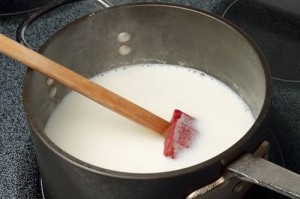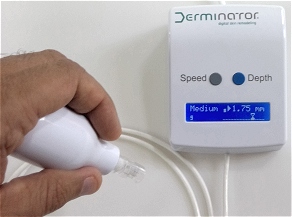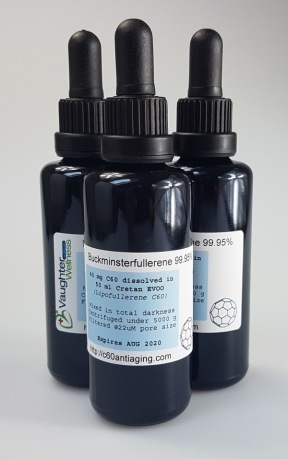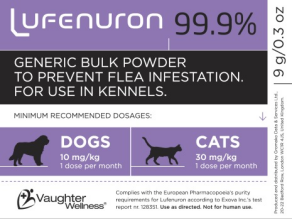
Homemade probiotic yogurt
The commercial probiotics capsules do not have the required amounts of friendly gut bacteria needed to repopulate your small intestine with Bifidobacteria, Lactobacillus and Saccharomyces. But there is a simple way of cheaply making your own powerful "living" kefir or yoghurt:
Take those capsules of probiotic cultures you have bought (ThreeLac, 5Lac etc.) and add them to a pint of any store bought organic whole milk "pro-biotic" yoghurt or kefir drink. verify that it is not pasteurized and that the label mentions "live active cultures". Only use glass or stainless containers. Metals and plastics seem to harm the bacteria. Take care not to use fluoridated of chlorinated water with any living lactobacillus cultures.
Heat up two quarts of heavy cream (containing less lactose than whole milk) to 80°C / 180 °F for a couple of minutes to destroy any undesirable bacteria.
As an alternative, you can also use skim milk, powdered milk, whole milk, regular homogenized milk and even some types of soy milk - just as long as there are enough milk sugars or added sugars to feed the good lactobacteria.
Then let it cool to room temperature. Thoroughly stir in the store-bought probiotic yoghurt and the probiotic supplements.
 Pour the mixture into a sealable container and close it off. Keep the yoghurt mix lukewarm at around 44 °C / 112 °F for at least 12 to 48 hours - in a large thermos for example. For best results, start incubating your brew at room temperature and increase the temperature gradually to 44 °C / 112 °F. This procedure is of course a lot easier with a yoghurt-making machine.
Pour the mixture into a sealable container and close it off. Keep the yoghurt mix lukewarm at around 44 °C / 112 °F for at least 12 to 48 hours - in a large thermos for example. For best results, start incubating your brew at room temperature and increase the temperature gradually to 44 °C / 112 °F. This procedure is of course a lot easier with a yoghurt-making machine.
The kefir/yoghurt becomes "alive" after 6 - 12 hours, but remember: The longer you wait and let the yoghurt mature, the more lactose is eaten up by the bacteria and the more probiotics have been generated. Conversely, the longer you wait and let the mixture "brew", the sourer and more acidic it becomes. Let your lactose-tolerance level and taste decide.
Save some as "starter" culture for your next batch.
After a few "generations" of yoghurt making, Lactobacillus Bulgaricus always likes to dominate the culture, so when making a probiotic yoghurt, make a fresh batch every couple of "generations" with a new starter mixture.
These beneficial bacteria can be used in your home-made kefir/yoghurt:
B. breve, B. longum, L. acidophilus, L. bulgaricus, L. casei, L. plantarum, L. rhamnosus, S. boulardii, S. thermophilus.


 Dermaneedling for Alopecia
Dermaneedling for Alopecia What you need for dermaneedling your skin issues
What you need for dermaneedling your skin issues See how competing devices cause skin microtearing
See how competing devices cause skin microtearing Copper peptides for dermaneedling
Copper peptides for dermaneedling Dermarolling explained
Dermarolling explained How dermaneedling works
How dermaneedling works
 Psychological aspects of stretchmarks and the beauty cult
Psychological aspects of stretchmarks and the beauty cult Dermaneedling side effects?
Dermaneedling side effects? Stretchmarks: Single needle before and after
Stretchmarks: Single needle before and after
 What to do about Cellulite?
What to do about Cellulite? Dermaneelding: Hype vs. reaslistic results
Dermaneelding: Hype vs. reaslistic results Progress pics: Acne scars, stretchmarks, pigmentation
Progress pics: Acne scars, stretchmarks, pigmentation SkinPen review: Deceptive advertising!
SkinPen review: Deceptive advertising!





